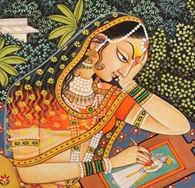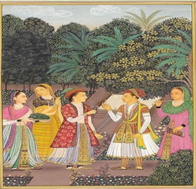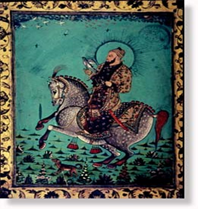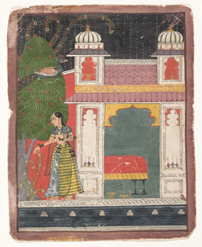

18th November 2023 (9 Topics)
Context:
Recently, the Indian art historian Brijinder Nath Goswamy, best known for his scholarship on Indian miniature painting tradition, passed away at 90 years of age in Chandigarh.
About B N Goswamy:
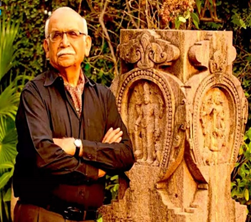
- Goswamy first came under the spotlight after the publication of his ground-breaking 1968 article, ‘Pahari Painting: The Family as the Basis of Style’.
- In his piece, he was able to unearth family lineages of renowned artists who played an essential role in the development and continuation of miniature painting — the revelation was one of his biggest contributions to the history of miniature paintings in India.
- His Contributions:
- Goswamy in his 1968 article, which initially focused on Pahari painting, illustrated that the style of paintings didn’t depend on in which state they were being produced. The style was dependent on the family of painters.
- He reconstructed the entire family networks of some of the most renowned Indian miniature families, including that of Pandit Seu, who worked in Himachal Pradesh’s Guler, and his sons, Nainsukh and Manaku (together they dominated one of the most exciting periods of Pahari painting), as well as their numerous artist grandchildren.
- He was known just like Bernard Berenson who uncovered details in Tuscan archives, Goswamy identified unknown Indian artists, revealing their names, histories, and recognition.
|
Tuscan archives:
|
What are Miniature paintings?
- Miniature painting is an intricate form of art involving highly detailed paintings on a small scale.
- They are characterised by the use of “bright colours, intricate patterns, and elaborate detailing.”
Tradition of Miniature Paintings in India:
- Historical Background:
- The roots of the miniature painting tradition go back to the Buddhist Pala dynasty, which ruled Bengal and Bihar from the 8th century until the end of the 11th century.
- The paintings during this era existed in the form of illustrations of religious texts on Buddhism and Jainism.
- The illustrations were made on palm leaf until paper was introduced between the 11th and 13th centuries.
- Evolution of miniature Paintings in Medieval India:
- The tradition of miniature paintings took rise of the Mughal Empire in the early 1500s.
- The tradition of Mughal miniature began to decline during the reign of Aurangzeb.
- This led to the migration of skilled miniaturists to the princely courts of Rajasthan and lower Himalayan hill kingdoms of North India and the plains of Punjab.
- It’s in places like Himachal Pradesh, Jammu and Tehri-Garhwal that a new tradition of miniature painting took birth and came to be known as Pahari painting — Rajasthan too witnessed the rise of different schools of miniature painting.
- During Modern India:
- Miniature painting also flourished in the Deccan region between the 16th and 19th centuries.
- It emerged after the break-up of the Bahmani Sultanate in 1520. Known as Deccan painting, the style initially developed independent of Mughal influences and took cues from European, Iranian and Turkish influences.
The Famous Miniature School Paintings:
|
School of Painting |
Description |
|
1. Pahari paintings
|
|
|
2.Rajput School
|
|
|
3.Mughal School
|
|
|
4.Deccan School
|
|
|
5.Bengal School
|
|
|
6.Malwa School
|
|

